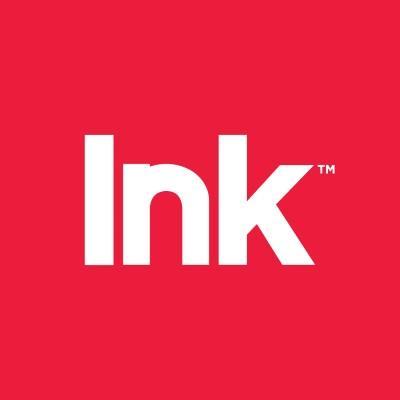 Earlier this month we shared the news about digital-first dating app Bumble joining the print revolution. That was quickly followed by news that Netflix launched their own print magazine to go after their share of Hollywood awards.
Earlier this month we shared the news about digital-first dating app Bumble joining the print revolution. That was quickly followed by news that Netflix launched their own print magazine to go after their share of Hollywood awards.
These are just the latest in a long string of high-profile companies leveraging print in the digital age to connect with their key audience, according to Michael Keating in Ink.
“There’s always room for a print product to stand out if it’s really high quality. Our users have long sought out our content, and told us they wanted more stories, more advice, and more real-talk about dating, careers, friendship, wellness and life in general,” Bumble Editorial Director Clare O’Connor said in a statement recently.
“Bumble (the networking and dating app) and Netflix have become the latest in a long line of distinguished companies to understand that print is a unique tool if you want to connect directly with your key audience in a profound way,” Keating writes.
“But what does this tell us about today’s media world and the wider future of multi-channel consumption, both for upcoming and legacy companies? For those of you short of time, let us summarise what magazines offer: real, deep connection to real people,” Keating continues.
Clearly, the connection fostered by print is real and extremely valuable to these brands. And many marketers are waking up to the reality gap in marketing land.
“… for those who are willing to cut through the #:)@*! and look beyond the ‘death of print media’ fallacy, there’s no question that print is a top table medium that boosts ROI and commands attention,” noted a previous Print Power article that cited the 2018 Planning for Profit Study by Benchmarking.
More voices in the ad industry are speaking out, with many agency execs realizing that social ads are not really driving conversions. Agencies are saying pffft to blanket adoption of digital ads, in favor of a more strategic multi-channel approach that uses print. And brand leaders are speaking out about their reasons for embracing print.
“There’s always room for a print product to stand out if it’s really high quality. Our users have long sought out our content, and told us they wanted more stories, more advice, and more real-talk about dating, careers, friendship, wellness and life in general”, Bumble Editorial Director Clare O’Connor said in a statement recently.
The takeaway for brands and publishers? Keating has identified four pillars of print that make it a powerful platform for authentic engagement:
- There are no distractions when reading in print.
- Print lends authority, which builds brand trust.
- Print ads inspire readers to purchase.
- Magazines drive higher comprehension and recall for brands and products.
Clearly, it’s print’s turn to do some disrupting.
“The [UK’s] three largest circulation magazines are all brand extensions (The National Trust, Tesco and Asda) and, clearly, they have print at their heart of their communication strategy,” Keating writes. “They recognise that they themselves need to put their brands into the world under their own terms – in a controlled and positive fashion. And most certainly not placed next to a negative story or fake news.”
Print is, and will remain, part of our human experience. For marketers who have been swayed to go all-digital, the time has come for a reawakening.
As Keating notes, you need to ask yourself: “do you want to roll with the successful Netflix/Facebook/Bumble/Uber gang and double down on print? Or are you just going to continue with the unfathomable belief that digital alone delivers the sustainable substance that you are looking for?”
From here, the answer is becoming more obvious by the day.
